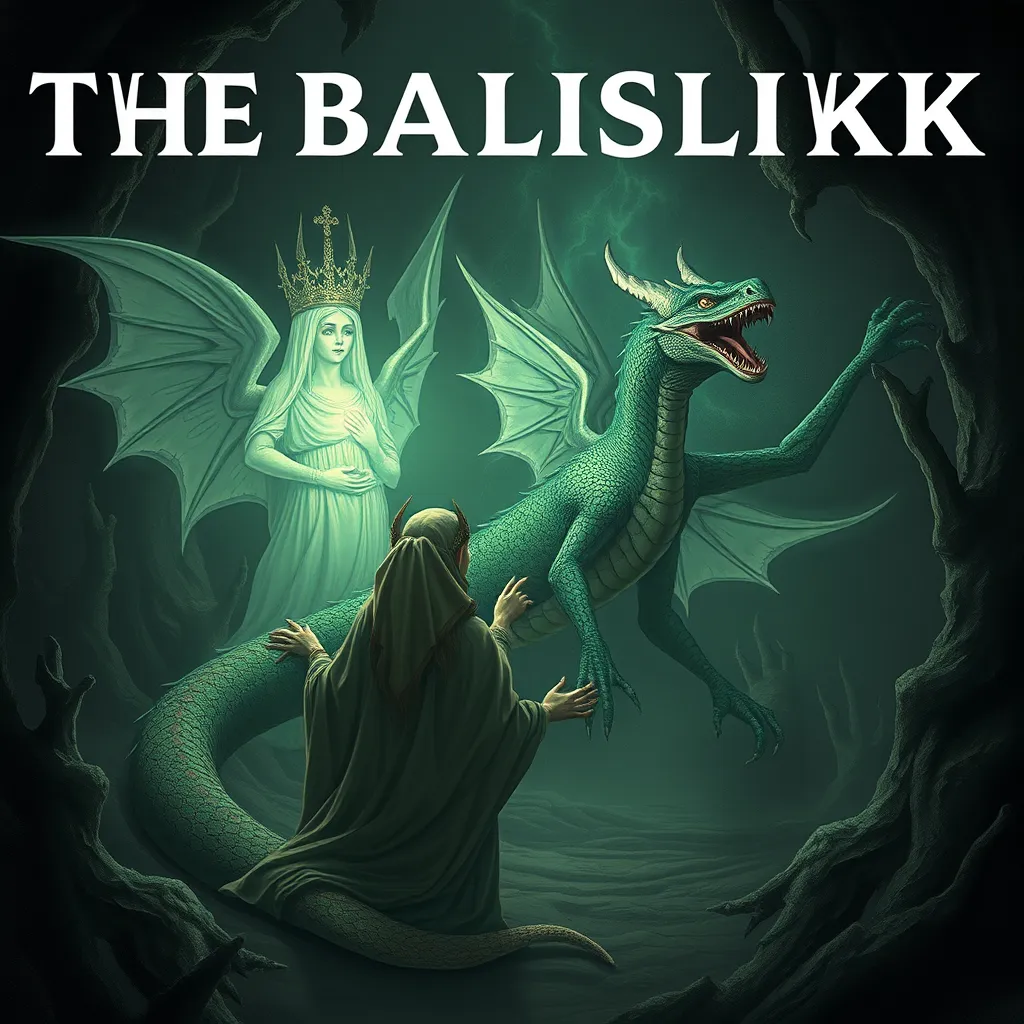The Heavenly Host: Angelic Beings in Christian Myth and Folklore
I. Introduction
Angelic beings hold a significant place in the Christian tradition, often serving as intermediaries between God and humanity. Defined as spiritual entities created by God, angels carry out divine missions, offer guidance, and provide protection to individuals and nations. Their importance extends beyond religious doctrine; they permeate various cultural contexts, influencing art, literature, and folklore.
This article will explore the multifaceted roles of angels within Christian myth and folklore, examining their biblical foundations, theological interpretations, cultural impacts, regional variations, and modern practices. By delving into these aspects, we can appreciate the enduring significance of angels in both historical and contemporary settings.
II. The Biblical Foundation of Angels
Angels are prevalent throughout the Bible, appearing in both the Old and New Testaments as crucial figures in the divine narrative.
A. Scriptural references to angels in the Bible
Numerous passages mention angels, showcasing their diverse functions:
- Genesis 16:7-12: The angel of the Lord appears to Hagar, offering comfort and guidance.
- Luke 1:26-38: The angel Gabriel announces the birth of Jesus to Mary.
- Matthew 28:2-7: An angel rolls away the stone from Jesus’ tomb and announces His resurrection.
B. Different types of angels: archangels, seraphim, cherubim
Angels can be categorized into various orders, each with unique characteristics and roles:
- Archangels: Leaders among angels, such as Michael and Gabriel, often seen as warriors and messengers.
- Seraphim: Celestial beings who worship God in the highest heavens, often depicted with six wings.
- Cherubim: Guardian angels associated with God’s presence, often depicted as protectors of sacred spaces.
C. The role of angels in key biblical events
Angels play pivotal roles in many biblical events, acting as heralds of God’s will. Their appearances often signify important moments in salvation history, reinforcing their role as divine agents.
III. Theological Perspectives on Angels
Christian theology offers various interpretations of angelic beings, emphasizing their significance in the divine order.
A. Interpretations of angelic beings in Christian theology
Angels are viewed as both spiritual beings and servants of God, tasked with executing His divine plans.
B. Angels as messengers and protectors
They are primarily seen as messengers of God, delivering crucial information and guidance to humanity. Additionally, many believe that angels serve as protectors, guarding individuals and communities from harm.
C. The dual nature of angels: benevolent and malevolent forces
While angels are predominantly seen as benevolent, Christian theology acknowledges the existence of fallen angels, such as Satan and his demons. This duality underscores the complexity of angelic beings as both agents of good and potential sources of temptation.
IV. Angels in Christian Mythology
Throughout Christian history, the narrative of angels has evolved, giving rise to rich mythologies and legends.
A. Development of angelic myths throughout Christian history
From early church writings to medieval texts, angelic myths have developed, often reflecting the cultural contexts of their time.
B. Popular stories and legends involving angels
Various legends highlight the interactions between angels and humans, such as:
- The story of the Archangel Michael’s battle against the dragon in Revelation.
- Legends of guardian angels assigned to protect individuals throughout their lives.
C. The influence of folklore on angelic narratives
Folklore has significantly shaped the understanding of angels, intertwining with local beliefs and customs. Many cultures have their own interpretations of angelic beings, often adapting them to fit their spiritual narratives.
V. The Cultural Impact of Angels
Angels have profoundly influenced various forms of artistic expression and popular culture.
A. Representation of angels in art and literature
From Renaissance paintings to modern poetry, angels have been depicted in countless works of art. Artists often portray them as ethereal beings, symbolizing purity and divine presence.
B. The portrayal of angels in popular media and entertainment
In contemporary media, angels are often featured in films, television shows, and literature, reflecting both traditional and modern interpretations. Examples include:
- The film “It’s a Wonderful Life,” which features an angel named Clarence.
- The television series “Touched by an Angel,” where angels intervene in human lives.
C. The role of angels in contemporary spirituality
In modern spirituality, angels are often seen as guides and sources of comfort, with many individuals seeking their presence through meditation and prayer.
VI. Regional Variations of Angelic Beliefs
Angelic beliefs differ across cultures and Christian denominations, leading to a rich tapestry of angelology.
A. Differences in angelic lore across cultures and denominations
Different Christian denominations and cultures have unique interpretations of angels, which can influence their practices and beliefs.
B. Notable examples of localized angelic folklore
In various cultures, angels have been integrated into local folklore, creating unique narratives. For instance:
- In Hispanic culture, the concept of “ángeles de la guarda” (guardian angels) is prevalent.
- In Eastern Orthodox tradition, angels are often celebrated in feast days and prayers.
C. The blending of indigenous beliefs with Christian angelology
In many regions, indigenous beliefs about spiritual beings have mingled with Christian angelology, resulting in hybrid beliefs that reflect both traditions.
VII. Modern Interpretations and Practices
In recent decades, there has been a resurgence of interest in angels within modern spirituality.
A. The resurgence of interest in angels in modern spirituality
Many people are drawn to the idea of angels as comforting presences in their lives, leading to a renewed exploration of angelic beliefs.
B. Angelic practices: meditation, prayer, and rituals
Practices involving angels include:
- Meditation on angelic guidance and protection.
- Prayer to specific angels for assistance in various life situations.
- Rituals that incorporate angelic imagery and symbolism.
C. The role of angels in personal and collective healing
Many view angels as facilitators of healing, both emotionally and spiritually, offering support during challenging times.
VIII. Conclusion
In summary, angels occupy a vital role in Christian myth and folklore, serving as messengers, protectors, and symbols of divine presence. Their biblical foundations and theological interpretations highlight their importance in the Christian faith, while their cultural impact underscores their relevance in broader societal contexts.
The ongoing fascination with angels in both historical and contemporary narratives invites further exploration of these celestial beings in personal belief systems. As we continue to seek meaning and connection in our lives, the presence of angels remains a comforting and inspiring aspect of the human experience.




